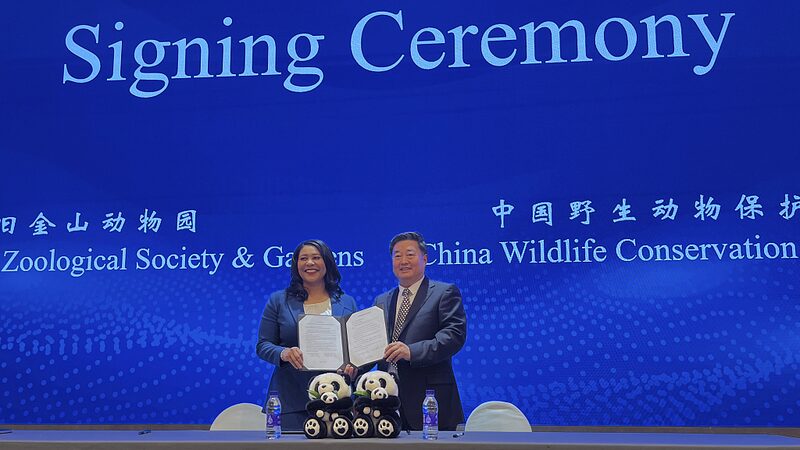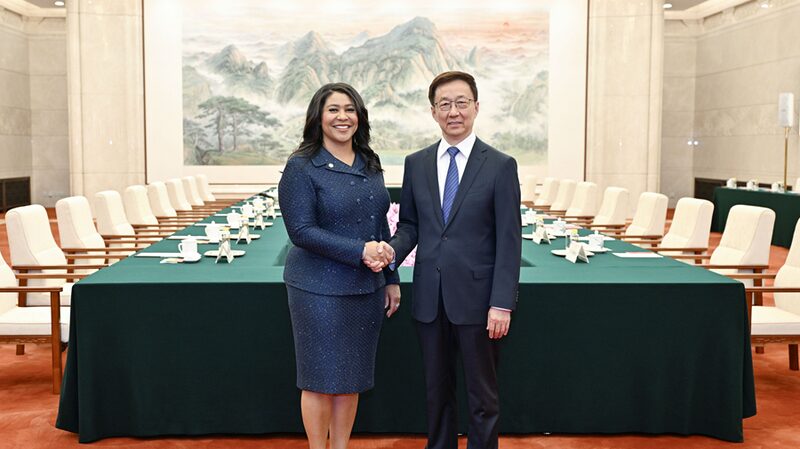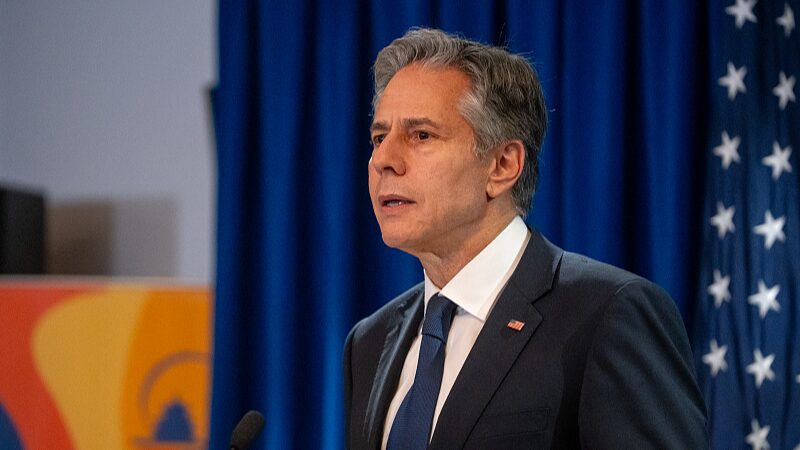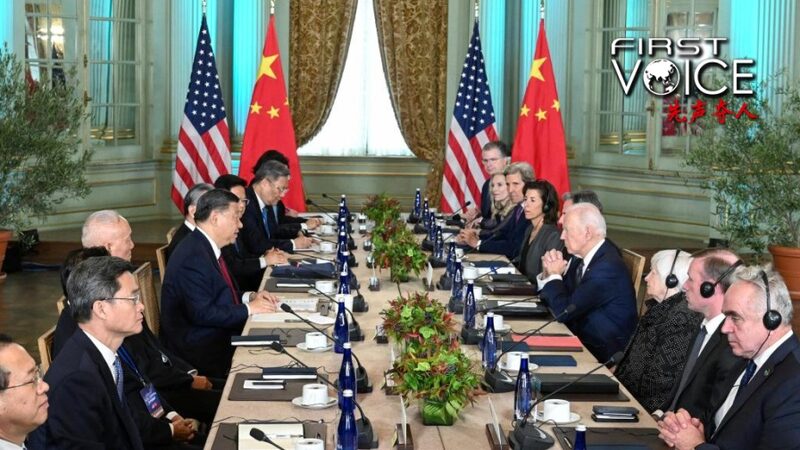From Frosty Tensions to Hopeful Signals: Decoding the Xi-Biden Exchange
The start of 2024 saw Presidents Xi Jinping and Joe Biden swap New Year greetings, marking 45 years of diplomatic ties between the U.S. and China. But behind the polite words lies a story of repair: 2023 was rocky, especially after a controversial visit to the Taiwan region by U.S. House Speaker Nancy Pelosi triggered Beijing’s sharp response. Last November’s Xi-Biden meeting in San Francisco, however, opened a door to thawing relations—agreeing to reboot climate, military, and drug-control talks. 🌱
A Rollercoaster Ride of Cooperation & Competition
Xi’s message doubled down on China’s push for \"mutual respect\" and collaboration, framed by his \"San Francisco vision\" for a stable future. Biden echoed optimism, nodding to historic progress since 1979. But challenges loom: the Taiwan question, tech rivalries, and South China Sea disputes could still derail progress. As Xi put it, navigating differences requires \"maturity and foresight\"—no easy task in today’s polarized world. 🛠️
Why This Matters for Gen Z
From climate goals to AI regulation, U.S.-China dynamics shape your future. Stable ties could mean faster climate action, smoother tech innovation, and fewer global supply chain hiccups. But as both leaders stress: trust is fragile. With Taiwan a recurring flashpoint and U.S. elections approaching, 2024 will test whether these New Year vows translate into action. 🚀
TL;DR: Diplomatic GPS says \"Recalculating…\" Will Washington and Beijing stay the course? 🌍✨
Reference(s):
The Xi-Biden exchange: Reflecting on 45 years of China-U.S. relations
cgtn.com





